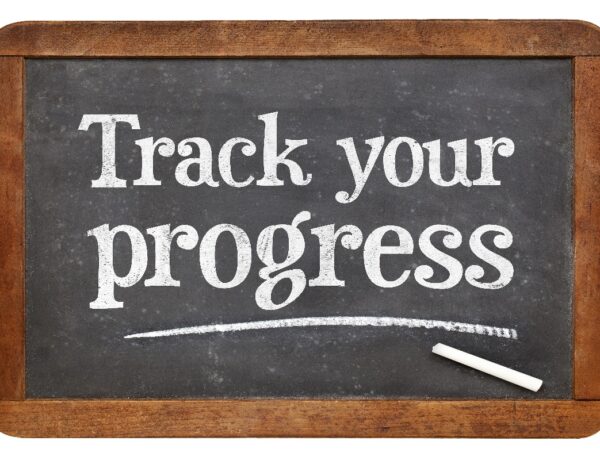An impeccably crafted personal statement holds the potential to be your golden ticket to unlocking academic doors and propelling your career forward. It is your authentic voice amidst the competition, a narrative that sets you apart from the rest. We’ll explore how this seemingly simple document carries the immense power to shape not only your immediate opportunities but also your long-term future aspirations. If you are looking for solutions to write your papers and get assistance with the statement, you can always address the personal statement writing service https://essayshark.com/ to gain professional writing help.
After reading this article, you’ll be well-equipped to craft a personal statement that not only captures your essence but also captivates selection committees and potential employers.

Understanding the purpose of a personal statement
Firstly, we need to explain what a personal statement is. It is a concise document offering insights into an individual’s background, goals, and aspirations. Unlike a resume or CV, it delves deeper into a person’s character and suitability for academic areas or jobs. The main role of a personal statement is to highlight such moments as personal qualities, align with goals, and assess fit within institutions or organizations. On the other hand, it helps to create favorable first impressions, demonstrate communication skills, influence decisions, reflect commitment, maximize opportunities, etc.
Pre-writing phase
The first step is to begin with self-reflection and goal setting, encouraging individuals to identify their career aspirations, long-term visions, and alignment with personal values. This introspective process helps applicants define their path with authenticity. The next step is to analyze your strengths and weaknesses, promoting an honest evaluation of one’s abilities and a commitment to growth.
Moving on to the research aspect, it is necessary to know more about employers. This involves understanding their values, mission, and expectations, ultimately facilitating the alignment of personal goals with the organization’s ethos. In the end, finding relevant information about the program or job is stressed to help applicants tailor their personal statements effectively. This involves considering curriculum details, job responsibilities, company culture, and industry trends.
Structuring your text
As you know, crucial elements of structuring such type of document are an introduction, main part, and conclusion. We start with your introduction. Begin with something that grabs the reader’s attention, like an interesting story, a question that makes them think, or a meaningful quote. Once they’re hooked, explain why you’re writing and what you hope to achieve with this opportunity.
The main part is where you substantiate your claims and showcase your qualifications. Organize your content logically, either chronologically or thematically, to create a cohesive narrative. Use transitional phrases to show readers smoothly through your experiences, skills, and achievements. Address relevant academic accomplishments, extracurricular activities, work experiences, and unique qualities that set you apart from other applicants.
In the conclusion, summarize key points from your personal statement, reminding the reader why you are an ideal candidate. Reinforce your commitment and enthusiasm for the opportunity at hand, offering a glimpse into your future goals and how the program, job, or scholarship aligns with your growth. Express gratitude for the reader’s time and consideration.
Writing tips and techniques
In this section, we guide you through four essential components:
The importance of using clear and easily understandable language. We advise against the use of complex jargon and encourage the explanation of acronyms to ensure readers can comprehend the content. Furthermore, it advocates for the use of concise, direct sentences in the active voice to maintain clarity and engage the reader effectively.
The substantiation of claims through specific examples and funny real-life stories. It emphasizes the importance of telling stories about your personal experiences vividly. It also suggests adding numbers or data whenever you can to make your achievements seem more believable.
The focus here is on tailoring each statement to suit the institution or job to which one is applying. It encourages applicants to highlight distinctive aspects of the program or job to demonstrate genuine interest and suitability. Moreover, it advises applicants to convey their passion by emphasizing specific interests and past engagements.
We underscore the critical role of meticulous proofreading to eliminate grammar, spelling, and punctuation errors. While suggesting the use of grammar and spell-check tools, it cautions against relying solely on them. Additionally, it encourages applicants to seek feedback from peers or professionals to gain valuable insights and enhance the quality of their statements.
The author’s bio
In addition to other information, you can provide a concise of your biography highlighting your qualifications, experience, and expertise in the realm of career development and writing. This can include details about your educational background, professional experience, publications, or any other relevant credentials that establish your authority in providing guidance on personal statement writing and career advancement.
As we said before, in the structure part of the article, a conclusion summarizes the key points, the most important part of your personal statement. In the bio, you have the opportunity to highlight not only your journey but also cover analytical skills and transformative text in a power document.
Additional resources
If you need more information about this topic, we can offer additional resources for you. Firstly, you can Google a list of books and publications that offer in-depth guidance on personal statement writing. Also, try to mention reputable websites, blogs, or online resources where readers can find templates, tips, and additional information on this topic. Besides, using professional writing services for your needs can also be the right position, or try online plagiarism services that promise guaranteed good results.
Seize this moment as the perfect opportunity to commence crafting your personal statement. Your narrative is a powerful tool waiting to be harnessed. Embrace this chance to convey your aspirations through your words. Each sentence you write propels you toward the realization of your academic or career ambitions. Your personal statement is your canvas, and your potential is the masterpiece in the making. Start today, and let your passion and resolve pave the way for a future brimming with promise and accomplishments.
Afterall
Remember to create an open and interactive environment by inviting readers to continue communicating with you. Let them know that their input is valuable and that you are available to address their inquiries or suggestions. Good luck!



